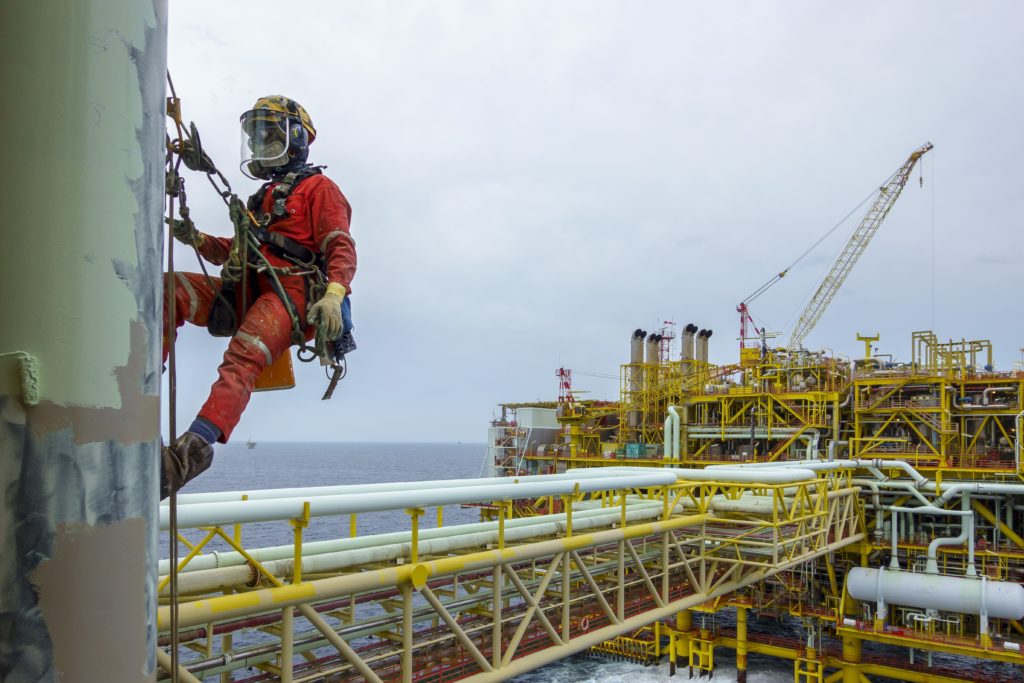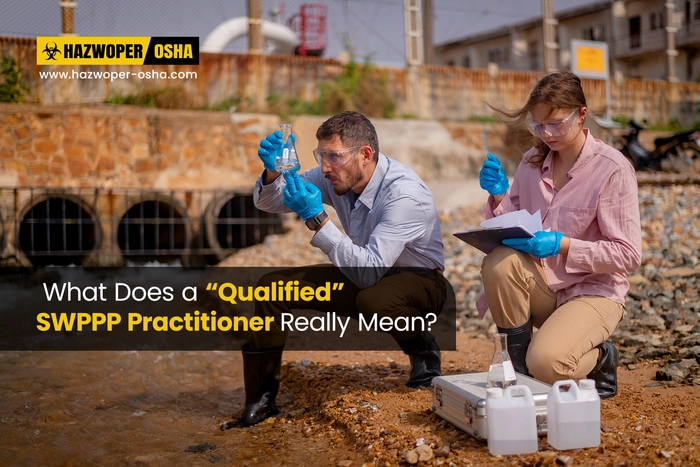Safety Measures When Working at Heights

People involved in the construction industry are very familiar with the phrase “working at heights”. Many tasks require workers to work at an elevation invariably increasing their exposure to falls and other height-related hazards. According to the U.S. Bureau of Labor Statistics (BLS), in the last few years, falls from working at heights are recognized as a leading cause of death for construction workers. OSHA also strives to inform employers and employers of the dangers lurking when construction work and other maintenance is done at higher elevations which can be harmful to human health and safety.
Many occupations require people to work at heights, and employers must ensure the safety of their workers when they carry out such work tasks as part of their occupational health and safety plans.
Working at Heights Explained
Working at heights usually means that a job task is being carried out at a vertical or horizontal working or walking surface. A common example of a vertical surface on which work is done at heights is a ladder, while scaffolding is an example of a horizontal working surface. Due to work being carried out at a higher level than the ground, workers are at greater risk of falls which may result in a severe injury or even fatality. A person working on a roof, on electrical poles, on overhead bridges/walkways, or even on rigs would be considered to be working at heights.
This is the reason OSHA has identified regulations for fall protection for people who undertake work tasks at heights. According to OSHA’s regulatory standards, workers must wear appropriate fall protection equipment when they work at heights, while whenever possible work areas should put in place engineering and administrative controls to safeguard workers from falls or falling objects. For instance, OSHA’s scaffolding standard recommends workers using a suspended scaffold, an aerial lift, or a bucket truck raised at a height of more than 10 feet above the surface to utilize personal fall arrest systems such as wearing a full-body harness. Furthermore, OSHA also guides and directs on a range of measures to be used for fall protection and other hazards related to working at heights utilizing the Hierarchy of Controls as developed and presented by NIOSH.
OSHA’s Fall Protection Regulations
To protect workers from falls, OSHA has developed fall protection regulations for:
- the construction industry in 29 CFR 1926 Subpart M,
- the general industry (29 CFR 1910),
- shipyard employment (29 CFR 1915),
- marine terminals (29 CFR 1917), and
- the longshoring industry (29 CFR 1918).
Furthermore, OHSA’s construction industry standard (29 CFR 1926) also considers fall protection when regulating other areas such as Steel Erection (29 CFR 1926 Subpart R). OSHA’s scaffolding regulations (29 CFR 1926 Subpart L) also contribute to the safety of people working at heights as its regulations are geared to safeguard workers who erect, dismantle, and use scaffolding to complete their work tasks.
Safety Suggestions when Working at Heights
Whenever possible, employers should minimize the requirement for working at heights or reduce the need for workers to work at heights. However, when it comes to construction work it is quite inevitable that workers will have to work at heights as it is the nature of work! In this case, all necessary precautions, including engineering, administrative, and work practice controls as well as the use of necessary personal protective equipment (PPE) such as fall arrest systems and safety harnesses should be used to lessen the risks of working at heights.
Installing guardrails and railings
When working on scaffolding or other open surfaces or platforms, ensure that guardrails and midrails are installed and used as recommended by OSHA. This will safeguard employees by reducing fall hazards. Furthermore, ensuring supported scaffolds are built and used as per standard regulations will further reduce the risks of scaffolds tilting or collapsing thereby minimizing risks to employees.
Ensure ropes and other equipment are in good working order
When using suspended scaffolding to undertake work at heights, employers should ensure that the ropes and non-rigid, overhead supports are all in good working order. As required, these must be checked by a competent person before workers use a scaffold to carry out their work.
Wearing the appropriate PPE
When working at heights, employers must ensure workers are given the appropriate personal fall arrest systems. Equipment such as the full-body harness, an integral part of the personal fall arrest system, must fit correctly to ensure effectiveness. As such, workers must be fit-tested before they wear such equipment when carrying out job tasks.
Ensure worker protection from falling objects
When people work at several elevations, there is the risk of tools and other objects falling from a higher level to a lower level or even to the ground. Thus, employers must put in place warning signs and other mechanisms such as safety nets to reduce accidents caused by a falling object.
Regularly inspecting PPE and the worksite
A good practice to adopt, and one recommended by OSHA, is to regularly inspect protective equipment used by workers. In addition, equipment such as ladders should be checked for damage, while scaffolding must also be checked to ensure they are safe for use before the start of a work shift. If engineering controls such as safety nets and safety canopies are used, these must also be checked for tearing and other damage.
Training for employees
Last, but never least, is training! Employers should provide training to their employees when they work at heights. Annual training helps people understand the need for safety at the workplace and provides pertinent information for individuals to practice safety while at work.
One such training is the OSHA Competent Person for Fall Protection Training, and another is OSHA Scaffolding Safety Training course. We offer these courses in various formats - online training, in-person on-site group training, and virtual instructor-led training (ILT) - at very reasonable prices. Our courses are mobile-friendly with the flexibility to jump from one device to another in the midst of your online training.
We believe that safety matters and are happy to partner with you to support your safety aspirations.

 EN |
EN |  ES
ES






























































































































